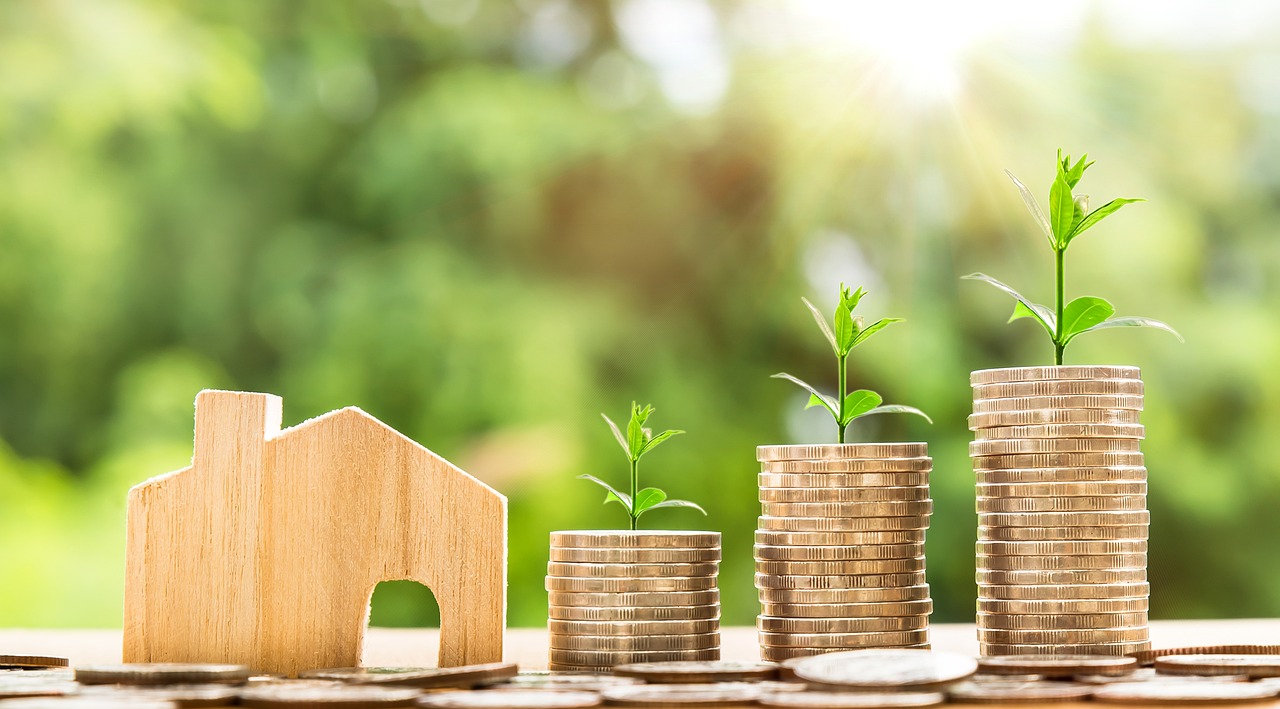Economic sustainability is a crucial aspect of financial stability, as it helps individuals, businesses, and organizations achieve long-term financial viability. It is the ability of an entity to maintain its financial health over a long period of time while considering economic, environmental, and social factors. This guide will provide a comprehensive understanding of economic sustainability, its importance, and how to achieve it.
Table of Contents
ToggleUnderstanding Economic Sustainability
Economic sustainability refers to the ability of an organization or individual to maintain its financial stability over time. This includes managing financial resources in a way that is responsible and economically sound, taking into account the impact of economic, environmental, and social factors. The goal of economic sustainability is to ensure that the entity is financially viable over the long term, even in the face of changing economic conditions.
The Importance of Economic Sustainability
Economic sustainability is essential for financial stability and success. It allows individuals, businesses, and organizations to plan for the future, invest in their growth, and ensure that they are able to meet their financial obligations. In addition, economic sustainability helps entities to mitigate risks, such as economic downturns, and to maintain their financial stability in the face of unexpected events.
Factors that Contribute to Economic Sustainability
There are several factors that contribute to economic sustainability, including economic conditions, environmental factors, and social factors.
- Economic Conditions
Economic conditions, such as inflation, interest rates, and economic growth, can significantly impact the financial stability of an entity. For example, inflation can increase the cost of living, making it more difficult for individuals and businesses to maintain their financial stability. On the other hand, a strong economy can provide opportunities for growth and investment.
- Environmental Factors
Environmental factors, such as natural disasters and climate change, can also have a significant impact on the financial stability of an entity. For example, natural disasters can disrupt business operations, causing financial losses and potentially putting the entity’s financial stability at risk. Climate change can also impact economic sustainability by causing shifts in economic activity and increasing the cost of doing business.
- Social Factors
Social factors, such as changes in consumer behavior and demographic shifts, can also impact the financial stability of an entity. For example, changes in consumer behavior, such as a shift towards sustainable products, can affect the demand for certain products and services, which can in turn impact the financial stability of businesses that produce those products and services.

Strategies for Achieving Economic Sustainability
There are several strategies that individuals, businesses, and organizations can use to achieve economic sustainability. These include:
- Managing Financial Resources
Managing financial resources effectively is critical to achieving economic sustainability. This includes developing a budget, tracking expenses, and regularly reviewing financial statements to ensure that the entity is on track to meet its financial goals.
- Diversifying Investments
Diversifying investments is another key strategy for achieving economic sustainability. This involves spreading investments across multiple assets, such as stocks, bonds, and real estate, to minimize risk and ensure that the entity’s financial portfolio is well-balanced.
- Planning for the Future
Planning for the future is essential for achieving economic sustainability. This includes developing a long-term financial plan that takes into account the entity’s goals and resources, and that includes strategies for mitigating risk and preparing for unexpected events.
- Maintaining a Competitive Edge
Maintaining a competitive edge is also critical to achieving economic sustainability. This involves staying up-to-date with industry trends, investing in research and development, and continually improving products and services to stay ahead of the competition.
Examples of Economic Sustainability
- Investing in renewable energy and energy efficiency, to reduce reliance on finite resources and limit greenhouse gas emissions.
- Encouraging local and small businesses, to build resilient and diverse economies and foster community development.
- Promoting responsible consumption and waste management, to conserve natural resources and reduce environmental impacts.
- Implementing fair trade practices, to ensure that all members of the supply chain receive a fair wage and work in safe conditions.
- Encouraging sustainable agriculture, to maintain the health and productivity of land, water, and other resources for future generations.
- Supporting financial literacy and access to financial services, to help individuals and communities build and manage their assets.
- Implementing progressive tax policies, to ensure that those who are most able to pay contribute their fair share to support public goods and services.
- Encouraging public-private partnerships, to leverage the strengths of both sectors to promote sustainable economic growth.
Conclusion
Economic sustainability refers to the ability of an economy to support and maintain its standard of living, without depleting its natural resources or causing long-term damage to the environment. Achieving financial stability is crucial for economic sustainability, as it enables individuals, businesses, and governments to plan for the future, invest in growth, and cope with unexpected challenges. The key components of economic sustainability include effective macroeconomic management, inclusive economic growth, sound financial systems, and responsible use of natural resources. By following these principles and implementing the strategies outlined in this guide, economies can build resilience, increase prosperity, and secure a sustainable future for generations to come.








1 thought on “Economic Sustainability: A Comprehensive Guide to Achieving Financial Stability”
Pingback: Pillars of Sustainability - Sustainability Awakening